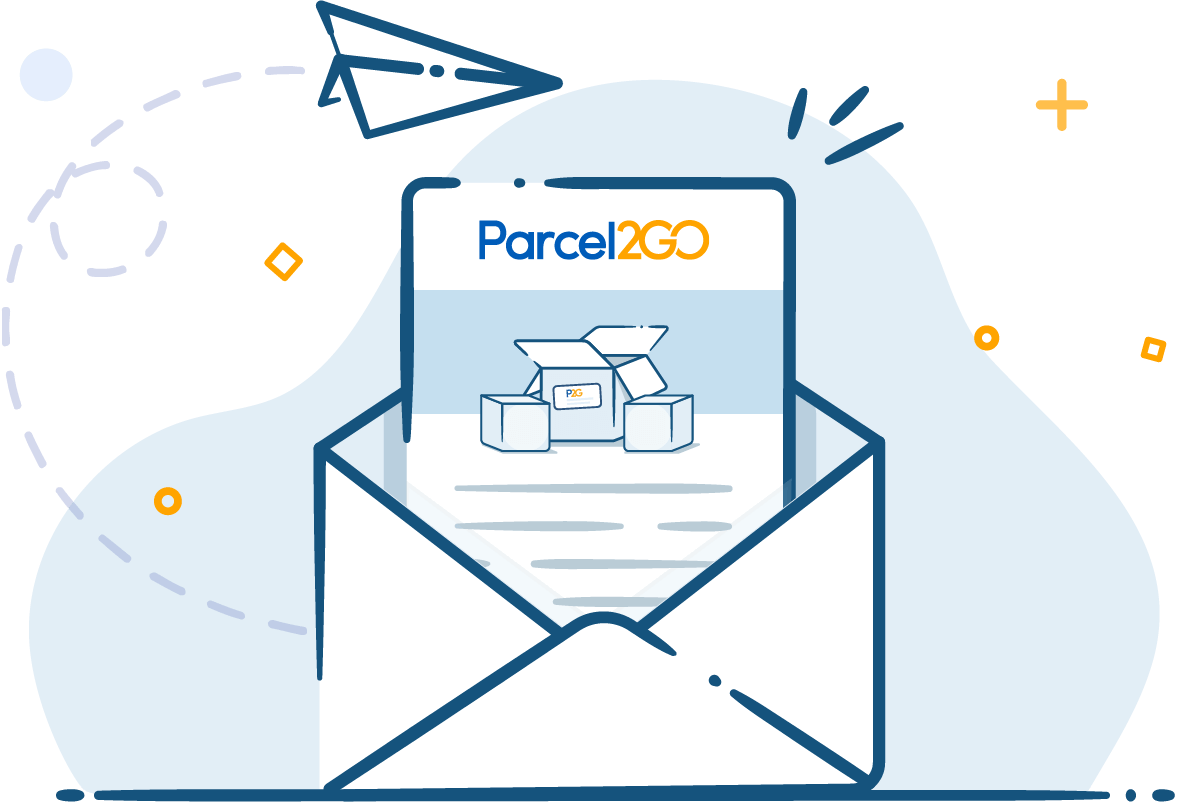Let’s imagine that you are in the supermarket and you have a shopping basket full of groceries. You go to the till but something suddenly catches your attention, a distraction that allows you to refrain from paying for your items and for some reason, leave the shop.
This scenario is very unheard of, but in online shopping, this happens every day. In the world of e-commerce, despite your best-laid plans, users visit your site everyday, start shopping and then close the tab to continue with another task, never to return.
This is called an abandoned cart. An abandoned cart is when a shopper adds an item(s) to a shopping cart but leaves before a transaction is made. This is one of the most elusive problems that businesses face online today.
Cart Abandonment Statistics
Here are some statistics for cart abandonment in 2019:
- The global rate of cart abandonment is 75.6%
- 85.65% is the average among mobile phone users
- Slow-loading sites increase the abandonment rate by 75%
- 48% is due to an abandoned cart email - when a customer receives an email as they have left an item in their cart.
With these rates being particularly high, how can we improve this? There are many reasons why customers abandon their carts during the checkout process but we have narrowed it down to some main ideas that you can combat to overcome this:

1) Build Trust in Your Transaction Forms
When customers fill out a transaction form, you’re asking them to trust you with their personal information. This goes beyond merely asking your customers for their first and second name, you’re asking for credit card details which is something people are hesitant about to start with.
In order for your customers to hand over their credit card details, you need to establish trust. This may come from including some security logos within your website and especially your checkout pages. Data from Shopify stated that 61% of customers had not purchased something online because trust logos were missing.

2) Make Navigation Effortless
In order for your customer to successfully checkout, you need to make the navigation as direct as possible. Before you invite customers to your site you should ensure your customer journey map is solid.
When customers add items to their basket, you need to supply a message asking them if they would like to continue shopping or checkout. The easier you make it for your customers, the more likely they are to stick with it and checkout.
This sounds like an easy step, right? As easy as it sounds, this is also one of the hardest to get right. This process will not happen overnight and requires constant experimentation to precisely optimise the checkout experience in order to make it easier to buy more items.
Alongside easy navigation, you need to make it easier for customers to save and return to their carts to continue the process. If the customer feels that the process is work-intensive, then this is more likely to end in failure.

3) Offer a Variety of Payment Options
If you are an online business who only offers a single payment option, you need to consider using two or even three options. Credit card options are a must, but shoppers have more choices than ever before to pay online. PayPal and Apple Pay are big contenders for online payment options that are only increasing in popularity, especially with a younger demographic.
If you are offering a limited range of payment options to your customers, they will most likely abandon their cart. It may seem like a lot of hassle to supply these options but you’re giving your customers what they want and it’s all about what they need.

4) Include a Strong Call to Action
A common mistake businesses make is the lack of call to actions within the checkout process. Once your customer has added items to their cart, you need to enforce a call to action. Remind your customer that they have items in their cart even if they are still shopping.
Your CTA’s (Call to Action) should be conveyed appropriately without putting the customer off. The messaging needs to be consistent with your site which still creates a good experience for your customers.

5) Offer a Guest Checkout Option
So your customer has nearly finished their shopping experience on your site and they arrive at the checkout stage but they have to sign up in order to complete their order. This is where customers drop off as registering is time-consuming and order can be completed without this extra hurdle. 35% of online transactions are dropped because of a required registration prompt.
In your checkout process, you need to include a guest option for customers that have busy schedules and can complete an order without having to input every single detail about themselves. Sacrificing some of this marketing data may seem like a loss but customers want an easy and smooth transaction without any speed bumps. The easier you make the experience for the customer, the happier they will be and this will equate to more sales.

6) Offer a Money-Back Guarantee
This idea again speaks of the trust your customer has in you during the checkout process. Your money-back guarantee needs to be solid without being ambiguous. You don’t want your customers to ask questions and reduce the likelihood of buying from you. There a number of items a customer has to think about when they’re buying online so don’t add to the list by making them feel as if they could potentially lose their money.
Take care of your customers and set up the right precautions for them to buy online securely. You might be thinking you have a great returns policy but if that is hiding in the terms and conditions page, they might not necessarily see that, so promote it!

7) Be Upfront About All Costs
Hidden costs can cause a huge problem in online shopping so you need to be upfront with every single cost, eliminating surprises for the customer at the checkout page. Another cost that customers hate to pay is shipping costs and you need to be upfront about these costs as your customers deserve to know how much your product is going to cost them to ship.
Alongside your shipping costs, you need to state your delivery time estimates. Don’t make your customers go back to the delivery page just to check how long a specific delivery option will take as this is time-consuming and delays the transaction.
You should know that in 2018, 55% of customers bounce from a site because of the hidden extra costs.

8) Understand Exposures In Conversion Paths
A common mistake many businesses make is to immediately blame the customer behaviour. You should consider your customer journey map and see where it could go wrong and where the leaks could be. You probably have a good idea of where your main traffic source comes from but understanding the customer journey pathway might reveal some interesting insights.
Maybe you need to think about your e-commerce strategy and ask smart questions about how you can increase conversions. Is your traffic from customers overseas dropping off due to your shipping options? Is your site navigation effortless? These are the questions you need to consider in order to increase your conversions.
You can examine your conversion pathways in Google Analytics.

9) Optimise Page Speed
If your website pages are slow to load then your visitors will leave, it’s simple. On average, if your pages do not load within 2 seconds then your customer is more than likely going to exit that page.
Some areas of your page may be easier than others to optimise as some elements may require a technical inspection. One example of how you could increase your page speed is by optimising your images so that they can load instantly when the page loads.

10) Remarketing Is a Must
Remarketing is a great marketing tool to target those individuals that abandoned their carts. Construct your remarketing campaigns to tell them what they’re missing by not completing their purchases.
If you’re not currently remarketing you need to start. You’re essentially giving your visitors just one shot to convert on your website instead of multiple notifications to let them know that there are still items in their cart.
The other ideas have shown you how to reduce your cart abandonment but remarketing is a tool for those customers who left items in their baskets and will help you secure those who got lost on the way.

Conclusion
By now you should be well versed in how to combat your cart abandonment online. Understanding where your visitors dropped off is a key area that you should study and determine how to rectify this element of your website. If you happen to find quite a few visitors that are adding items to their carts without converting, remarketing should be your first instinct as this will encourage prospective customers to go back and transact.
Finding the cheapest parcel delivery options can be difficult but with Parcel2Go, you have an extensive range of courier services at your fingertips. See how you can save money by getting a free quote today!


.svg)

